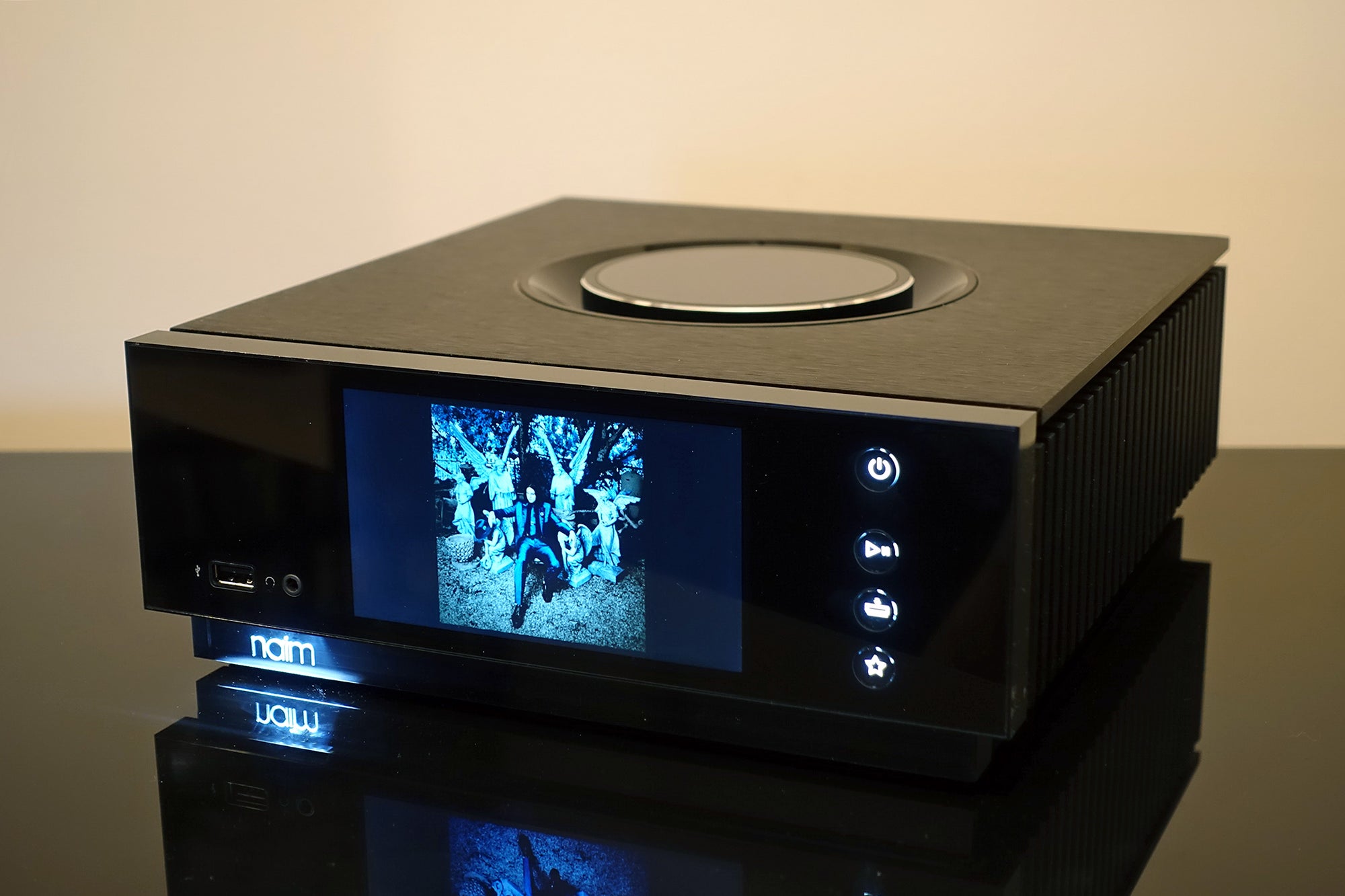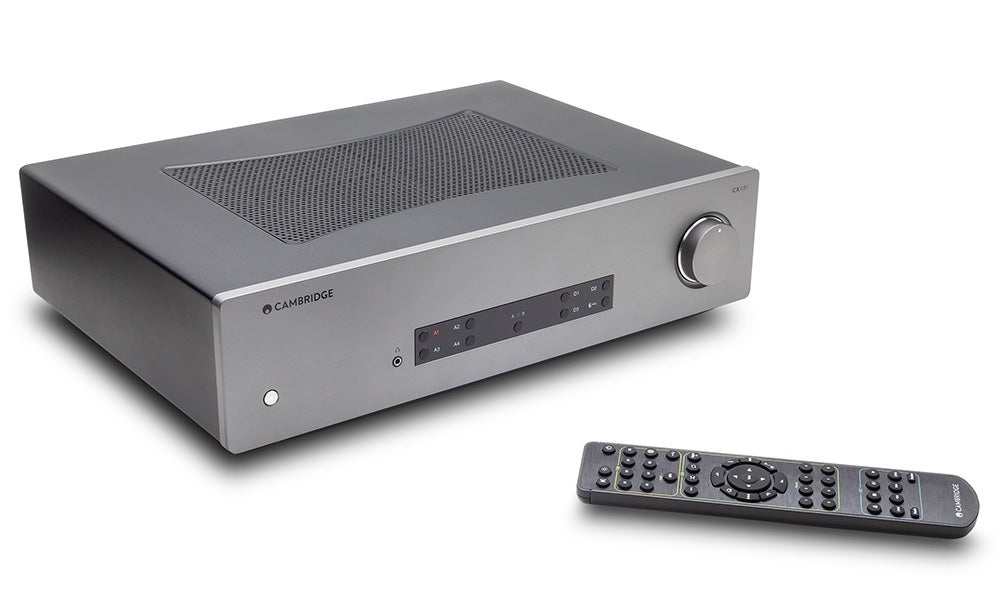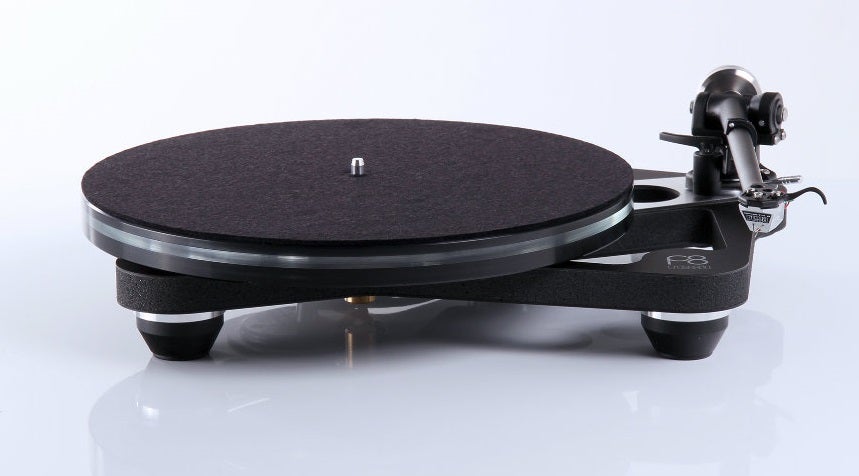Naenka Runner Diver Review
Bone conduction earphones that can be used underwater
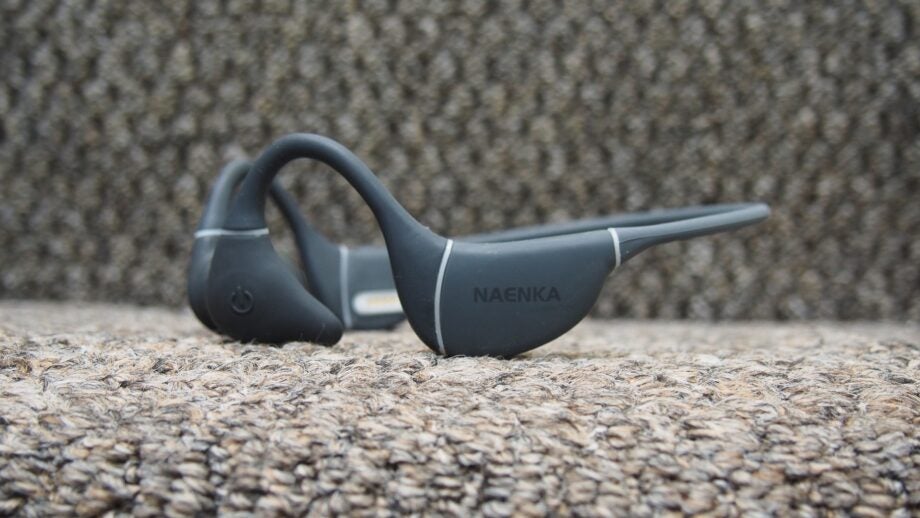

Verdict
The Naenka Runner Diver are a solid set of bone conduction headphones that are great for swimmers. They also work back on dry land, offering a good sound and decent fit for indoor workouts and runs. If you want a pair of headphones that offer Bluetooth streaming and a music player fit for the pool, though, these are ones to check out.
Pros
- Good sound in and out of the water
- Improved storage
- Good battery life
Cons
- Slow to drag and drop on audio
- Bigger battery drain in Music Player mode
- Bit bulkier than Naenka Runner Pro
Key Features
- Water resistanceCan be submerged in 1m deep water
- Memory capacity16GB storage for audio
- Battery10 hours of playtime
Introduction
The Naenka Runner Diver are sporty bone conduction headphones, which are the followup to Naenka’s sleek Runner Pro. They promise an improved design, more storage for accommodating your music and podcasts, and also a beefed up battery life.
Like their predecessor, the Runner Diver are fit to work in the water, too, making them an excellent option for swimmers. The Runner Diver are all about delivering sound to your ears in a safer way than most in-ear sports earbuds.
Currently, it’s Shokz that seems to dominate the bone conduction headphone space, but Naenka is promising to offer a similar package for less money. So does it deliver?
Availability
- UKRRP: £135
- USARRP: $199.99
- EuropeRRP: €196.29
- CanadaTBC
- AustraliaTBC
The Naenka Runner Pro are available to buy from Naenka’s website for £135.56 / $169.99. They’re also available on Amazon US for $157.79.
Design
- IPX8 waterproof design
- Physical volume controls
Naenka’s Runner Pro offered a skinny, neckband-style design, and while the Diver continue in that vein, these earphones have lost a little of the former’s welcome slenderness.
They’re made from a combination of silicone and titanium to keep them light, but the part of the frame that sits just behind the ears has been bulked up – likely to increase the space available for music player storage.
Nonetheless, the Runner Diver are still a relatively light set of earphones to wear; but I definitely felt their presence more than the Pros, particularly on runs. On occasion, when I need a breather from audio, I like to move the earphones to sit around my neck, and these headphones certainly felt more noticeable when I did that.
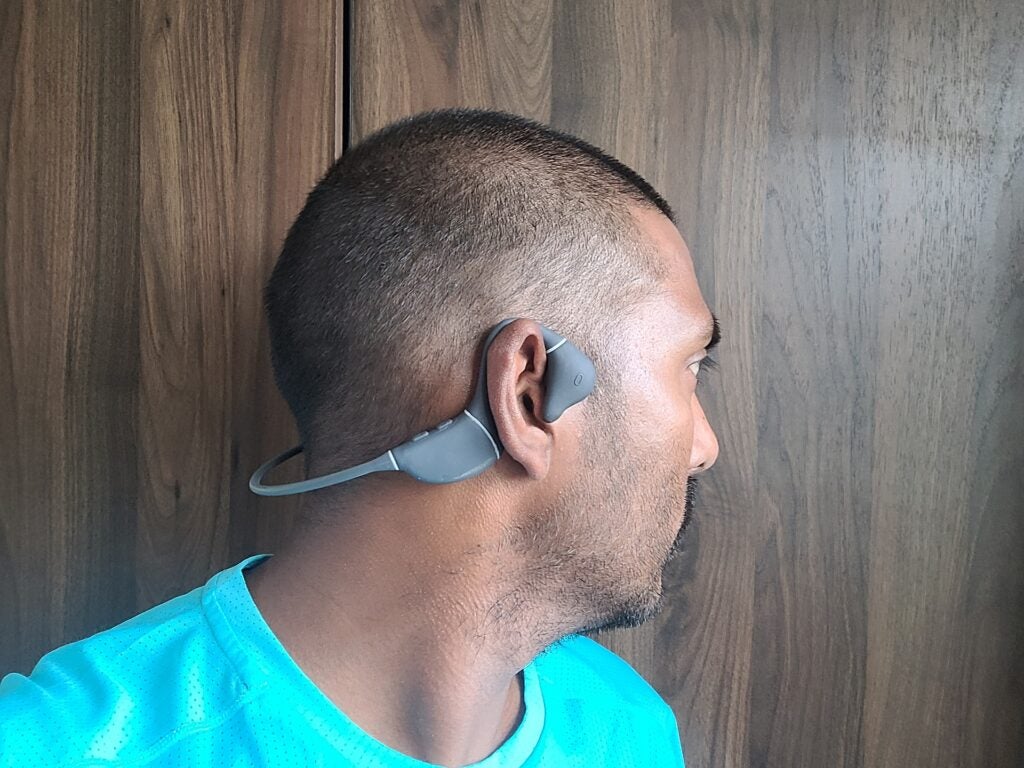
These are earphones that you can use for accompanying your swims, with that extra bulk over their predecessor feeling less of an issue in the water. Naenka has stuck with the same IPX8 waterproof design, which means it’s safe to be submerged in water deeper than 1 metre. I’ve used them for a bunch of swims and the Runner Diver proved comfortable to wear both with and without a swim cap – although I feel the cap helps to keep them more firmly in place when swimming at speed.
Naenka has made some other tweaks to the design, too, most notably in the way these earphones can now be worn more comfortably with glasses. I wore them with a pair of running specs and found they sat comfortably and securely.
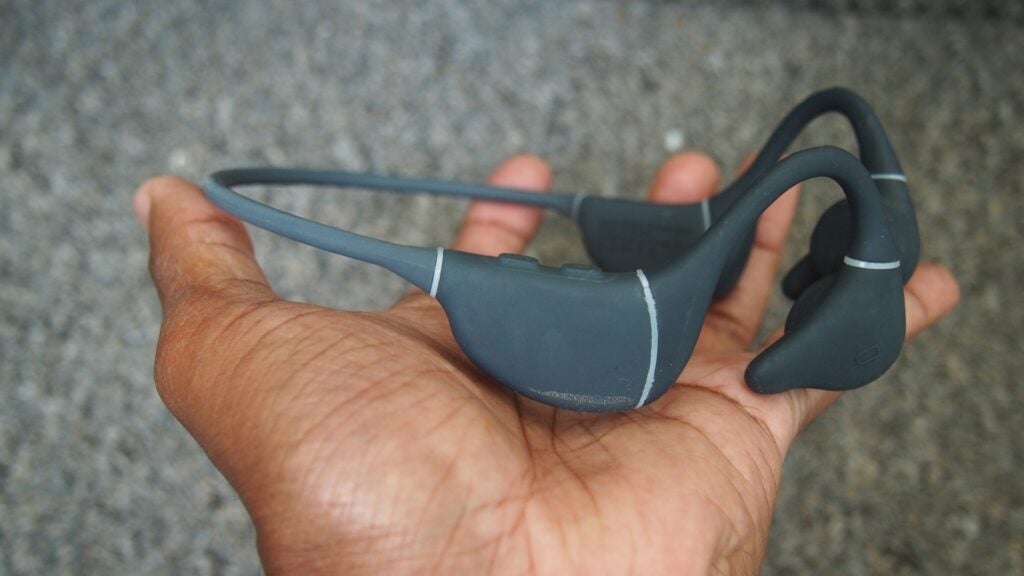
Control-wise, there are physical volume buttons on the right side of the earphones that are within easy reach on the move, with decent space between the two buttons making it easier to distinguish between them. These buttons can also be used to skip back and forward through tracks with a long press.
On the left side of the headphones you’ll find the on/off button. You can use this button to switch between Bluetooth and Music Player modes, too. Press that button three times to summon your smartphone’s smart assistant, and you can use it to handle calls as well.
Overall, the Runner Diver been an enjoyable wear and the controls are easy to use during exercise. That added bulk in the frame is noticeable on runs, however.
Features
- Bluetooth 5.2 for low latency and better power consumption
- 16GB storage
- MP3 and FLAC files only
Not surprisingly, you can use the earphones in the water only with the Music Player mode. Getting your music onto the earphones requires plugging them into a spare USB port on your computer, via a proprietary charging cable. Much like their predecessor, however, that cable isn’t the most secure and is quite easy to knock out of place.
Dragging and dropping supported audio takes a while, too. Naenka only supports MP3 and FLAC formats now, where previously it could handle WAV, APE and WMA file formats as well. However, storage has been boosted from 8GB to 16GB, which does deliver room for roughly 2,400 songs – up from 1,500 songs on the Runner Pro.
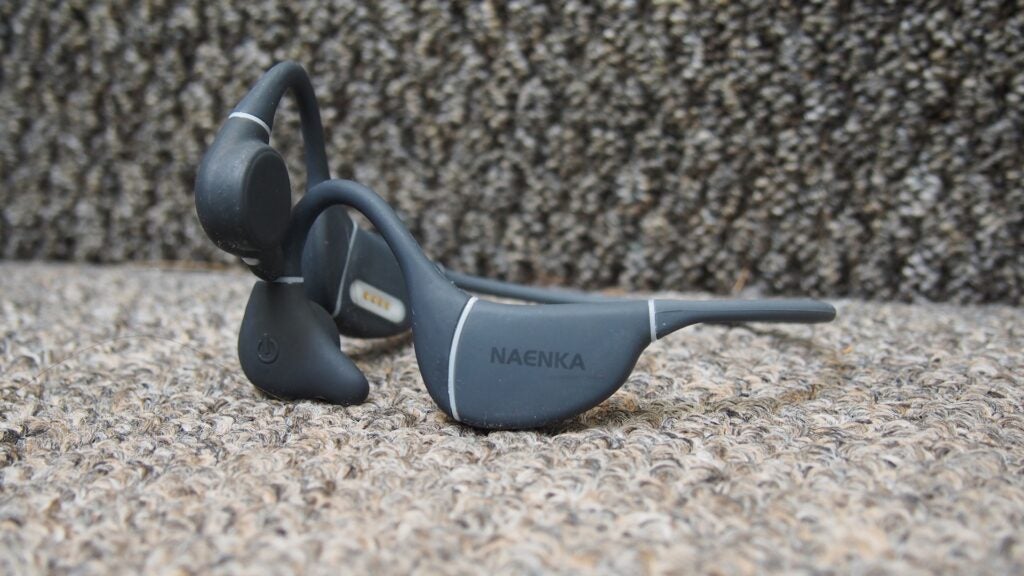
The experience of using the earphones in that Music Player mode has been largely faultless. You can skip through tracks easily, but an odd quirk was that I had to adjust the volume level in the Bluetooth mode first to get louder or quieter volume in the Music Player mode.
For connectivity, the Runner Diver proved excellent; I didn’t suffer any issues with dropouts. Out and about, I predominantly used the earphones with an Android phone, and with a MacBook at home. A welcome bonus here is multipoint sharing support .
When it comes to battery life, you get the promise of up to 10 hours – up from the 6-7 hours of the Naenka Runner Pro, and this comes from a smaller capacity battery than the Pro.
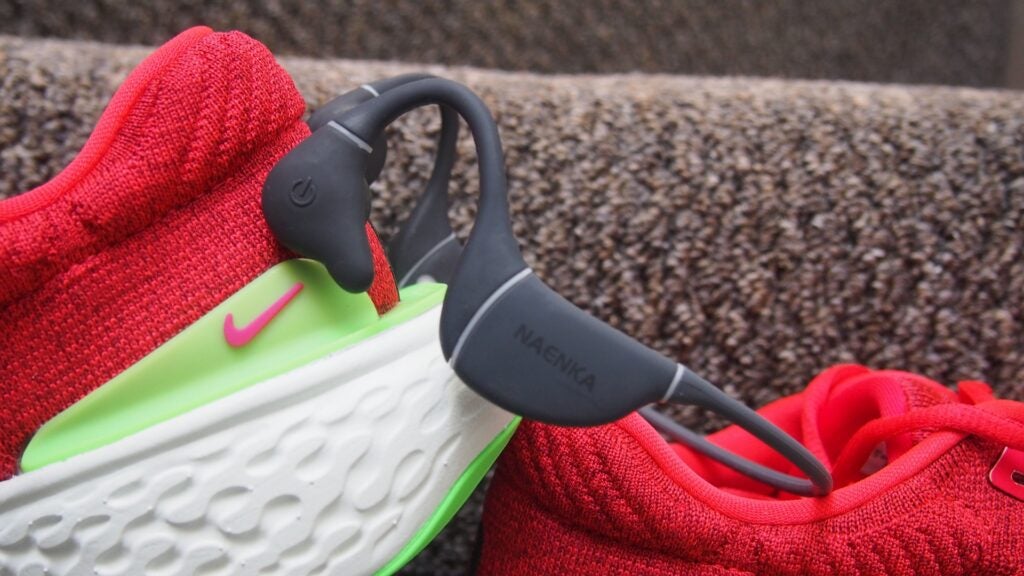
Those numbers appear accurate when using the Runner Diver in Bluetooth mode, but only with the volume below max, the level I felt was necessary to get the best sound. You can get the 10 hours in Bluetooth mode; but using them in the Music Player mode will achieve around half that time.
That’s better than the 2-3 hours delivered by the Runner Pro, but I’d still quite like to see these battery life figures get up to double digits. When it comes to charging, the Runner Diver take 1.5 hours to go from 0-100% – these aren’t rapid chargers.
Sound Quality
- Open-ear design
- Sound quality can suffer when faced with ambient noise
- Work well when used in water
On the whole, the Runner Diver performed well. They deliver as good a sound performance as you’ll find on a pair of bone conduction earphones.
They rely on an open-ear design, which means they don’t clog your ears to deliver that sound. Instead, they use a 16mm dynamic vibrator speaker to deliver “thick” bass, according to Naenka.
Overall, I found the sound profile pretty strong on all fronts. There’s plenty on offer in the treble department and there’s a good level of detail and clarity to cater for podcast and audiobook lovers. It is possible to experience that “thicker” bass, although listening at higher volumes does send a more noticeable tickle up towards the ears.
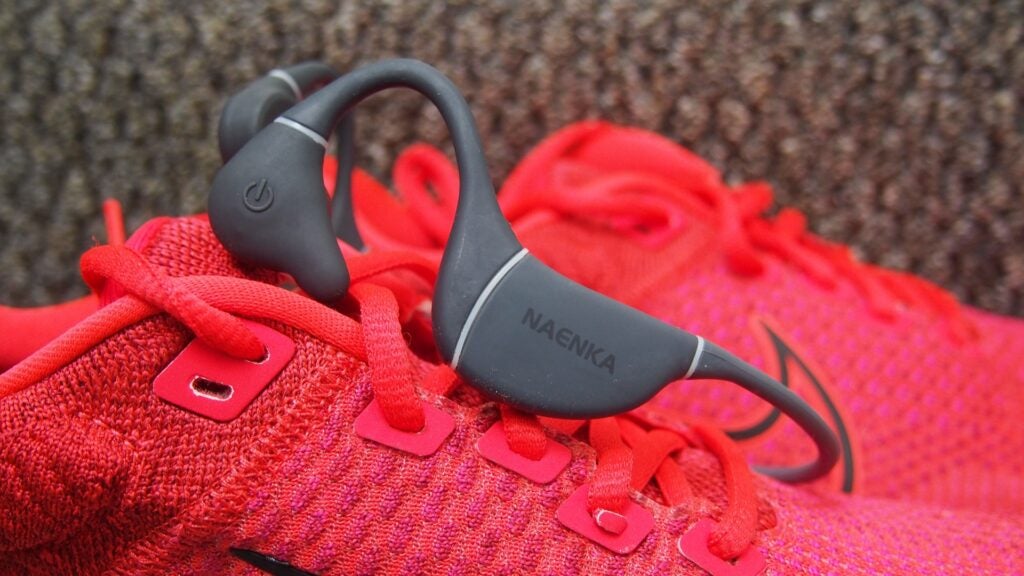
Outside on runs, bone conduction earphones can have a tendency to struggle in scenarios that there’s more ambient noise. Thankfully, the Runner Diver hold up well against the wind and when running beside busy roads, and thankfully aren’t entirely drowned out by that exterior sound.
In the water, they also perform well. Naenka supplies earplugs to improve sound performance in the water by preventing liquid from clogging up your ears. This sees an improvement in bass response, although I found that sound quality was just fine without the use of the earplugs; it’s up there with some of the best sounding swimming headphones I’ve tested.
Latest deals
Should you buy it?
You want headphones that work while swimming The Runner Diver pass the swimming test, plus the extra storage and battery life the deliver over the previous model means they’ll go for longer in the water, too.
You want the lightest bone conduction sports headphones The boost in storage comes at the expense of the lightweight and skinny frame that Naenka delivered with its Runner Pro model, and other rival models.
Final Thoughts
The Naenka Runner Diver do deliver some desirable improvements over Naenka’s last set of swim-proof headphones, providing more storage and longer battery life. While they remain some of the best headphones for swimming, I’d say they lose a little appeal from a running perspective as a result of their slightly bulkier look.
Nevertheless, if you’re looking for a decent-sounding pair of bone conduction headphones that work both in the water and back on land, the Runner Diver deliver – and do it for less than their most obvious rivals, the Shokz OpenSwim.
How we test
We test every headphones we review thoroughly over an extended period of time. We use industry standard tests to compare features properly. We’ll always tell you what we find. We never, ever, accept money to review a product.
Find out more about how we test in our ethics policy.
Tested for more than a week
Tested with real world use
FAQs
The Runner Diver can only play music in its MP3 mode when used underwater.
Full specs
Sustainability
Trusted Reviews’ holds the fact that global warming is not a myth as a core value and will continuously endeavour to help protect our planet from harm in its business practices.
As part of this mission, whenever we review a product we send the company a series of questions to help us gauge and make transparent the impact the device has on the environment.
We currently haven’t received answers to the questions on this product, but will update this page the moment we do. You can see a detailed breakdown of the questions we ask and why in our sustainability info page.


